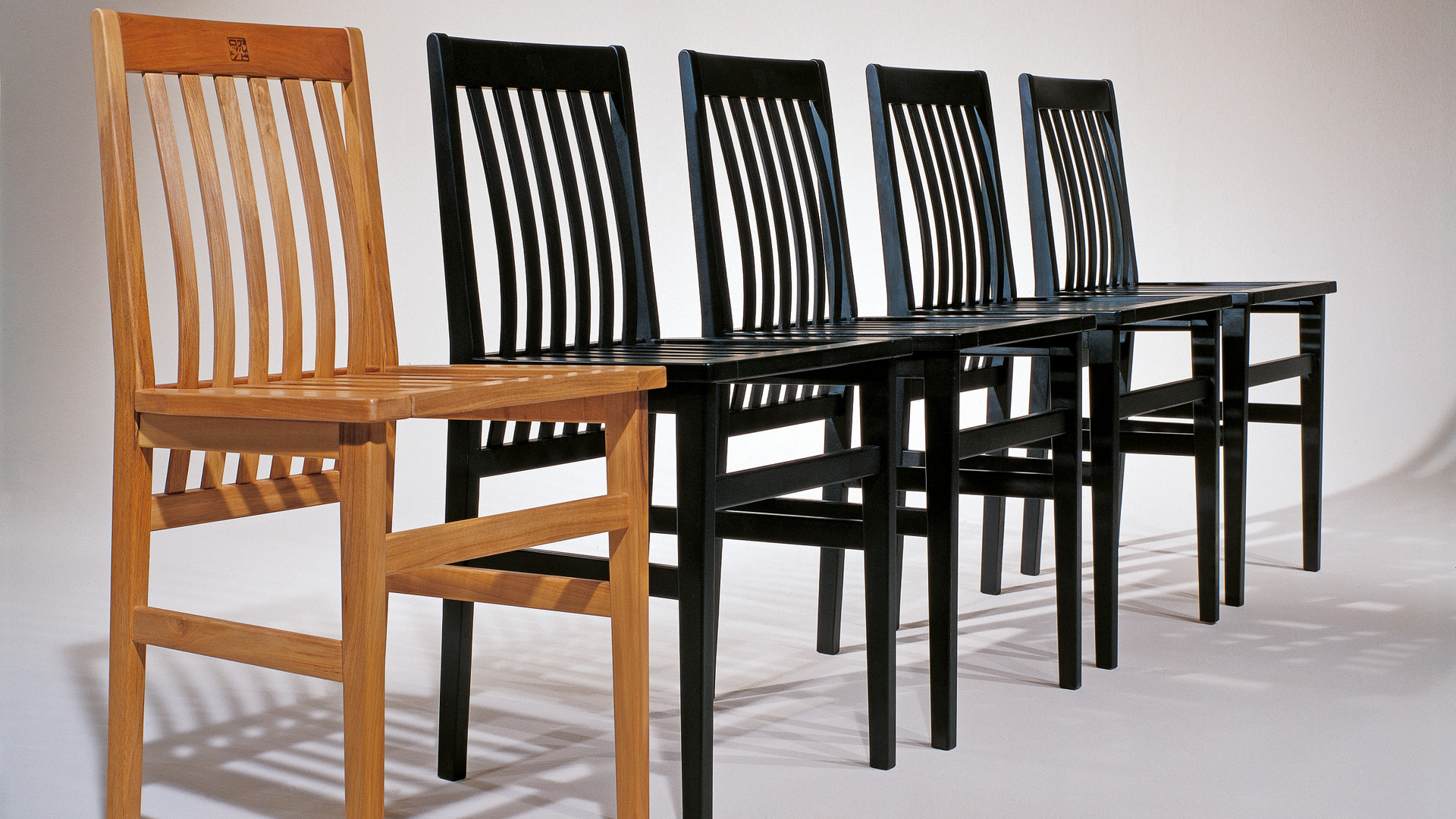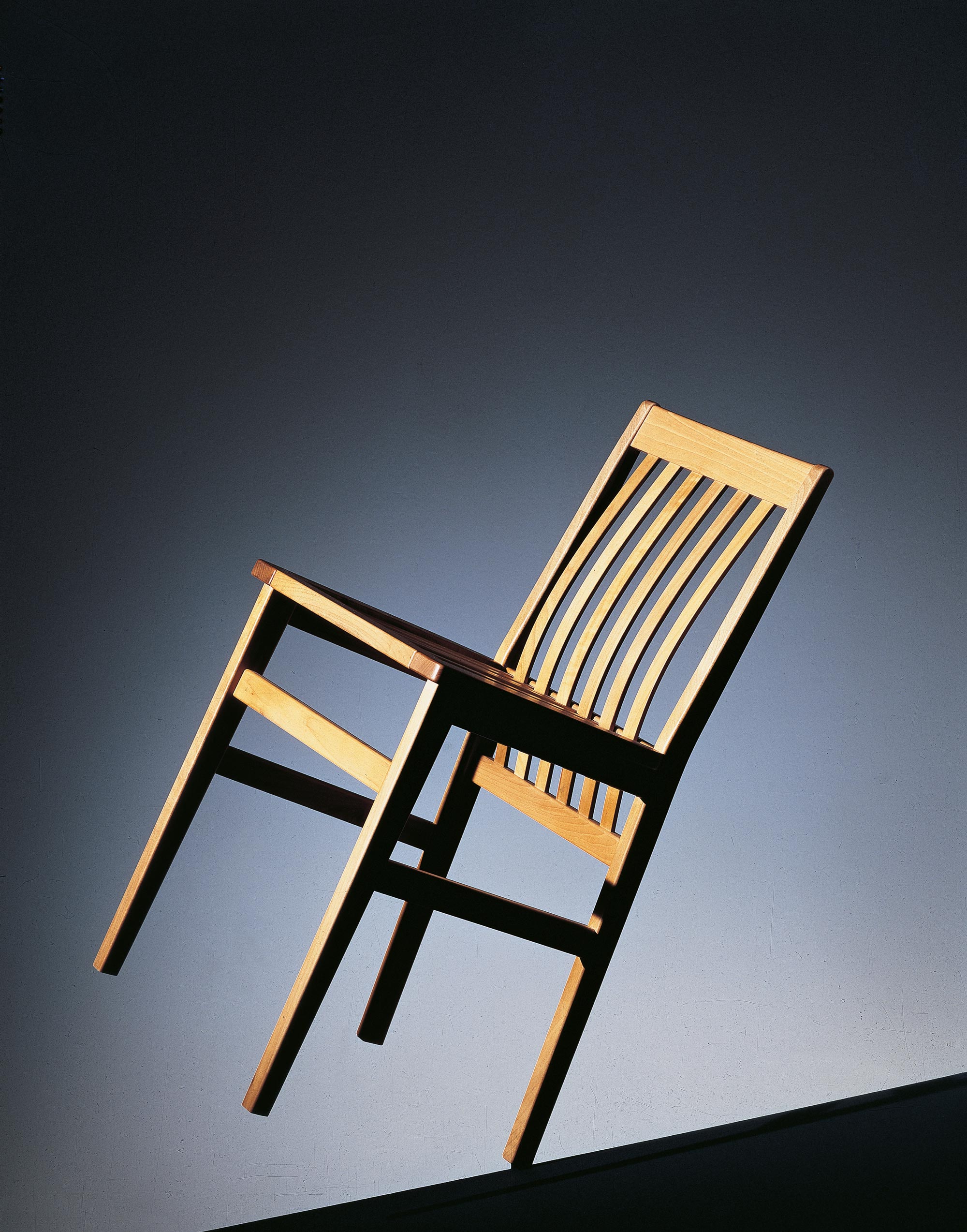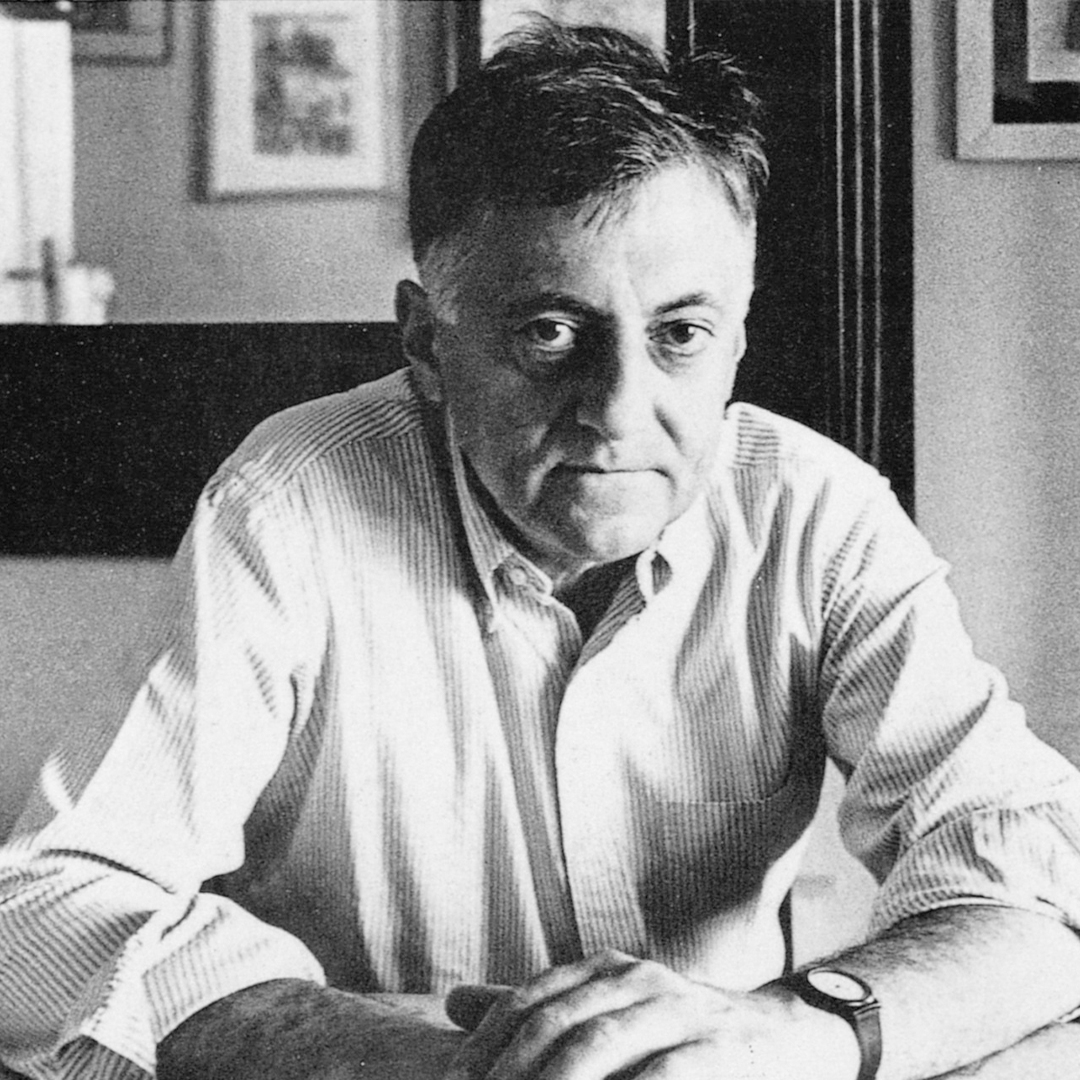Chair
The Milano chair was small in size and light in weight but of great stability.
The Milano chair was small in size and light in weight but of great stability.

The slats of the back of the Milano chair are slightly curved because, as Vitale wrote,
“a human body wants to bend and lean, wants to relieve its weight, to relax. Of all articles of furniture, the chair is the one most closely linked to the human body, since it is made to accommodate and support it. For this reason, it can only deduce its own dimensions, its own static problems, certain contours and angles.”

It is constructed in a way that ensures the flexibility of the slats, avoiding creaking, and the wooden slats are not glued on but incorporated into the structure of the chair thanks to individual invisible plastic sheaths. A tall version of the Milano, bar stool, was introduced in
Aldo Rossi (Milan, May 3, 1931 - Milan, September 4, 1997) was one of the greatest Italian architects of the 1980’s. His Molteni Group collaboration marked his passage from masterful architect to an industrial designer. He created models and furnishings for the Museum of Maastricht, the Teatro Carlo Felice in Genoa and the reconstruction of the Teatro La Fenice in Venice. Aldo Rossi designed items that were destined to become icons of the 20th century.
Complete biography
“Perhaps it is snobbery but the more I see the world, the more I feel being a citizen of it and the more I want to go back to the old way of things”
Aldo Rossi